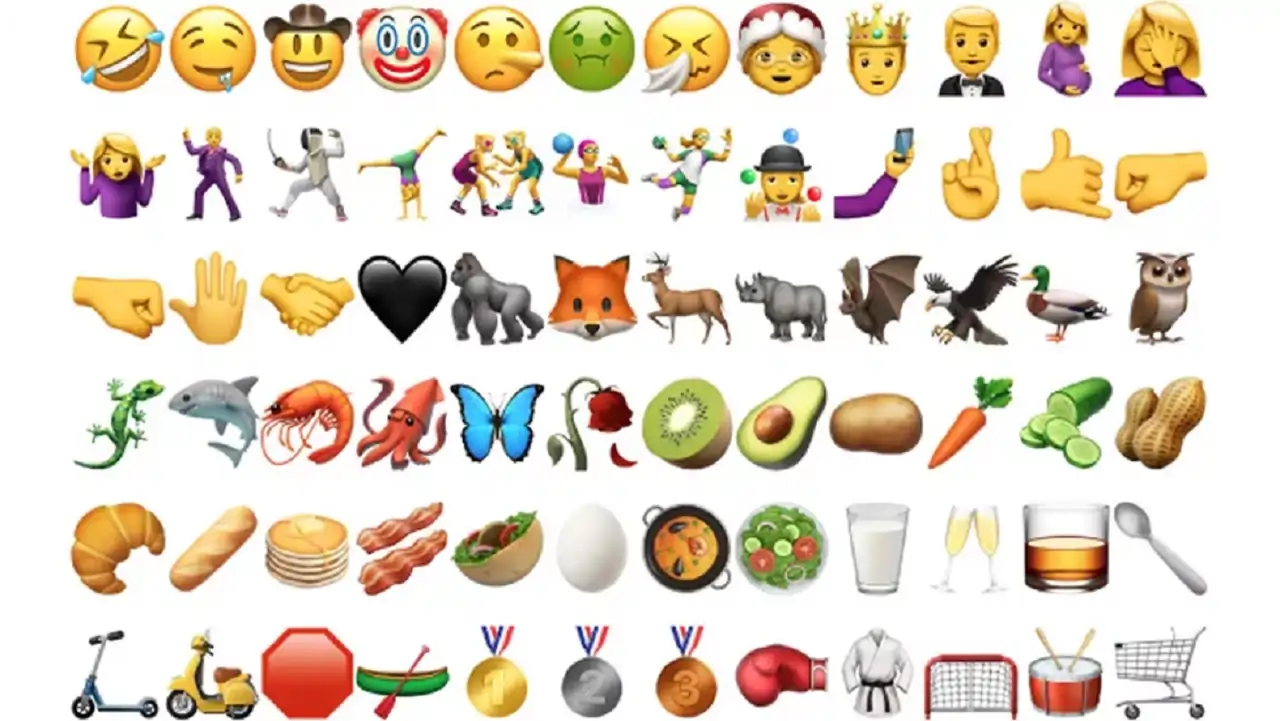Emoji Day: which are the most used and why some of them have a hidden meaning

Emoji Day Celebration
Since they began to be used in the late nineties, they have grown to be very common to help clarify the tone of the messages.
Hearts -both the red one and the little face with two hearts instead of eyes- sweep the social networks as the most used “emojis” by users, who resort to this type of drawings more and more as a fun and effective way to communicate and express emotions.
Every July 17 is commemorated the “emoji day”, a celebration that has no official character but that every year arouses the interest of the main social networks, internet platforms and technological giants and that has an uncertain and diffuse origin: since it was the date proposed by the founder of the “emojipedia” until it is the day with which Apple chose its “calendar” “emoji”.
Although they are used almost as synonyms, they are not exactly the same, since emoticons are the symbols created with punctuation marks that are usually read by tilting the head -such as 🙂 😉 or 🙁 – and emojis are the drawings that have become popular on social networks.
The scientist Scott Elliot Fahlman, computer expert at Carnegie Mellon University, created the first emoticons in 1982 so that people could distinguish, on an electronic message board, which was the tone of the message, using 🙂 when it was a joke message or 🙁 for real messages.
And in 1999 the first color emojis appeared, designed by Shigetaka Kurita, a Japanese interface designer, who created 176 characters inspired by Japanese culture such as manga and kanji, to be used by a mobile internet platform.
The data provided by the Hootsuite platform – specializing in the management of social networks – highlights the difficulty of identifying the most used ones, since the way they are used and tracked varies according to the network, and has noted that for example those used in Instagram captions can be accurately measured but not those placed in “stories” or other formats.
Among those that can be measured, this platform has pointed out that the “red heart” ❤️ sweeps, followed by the “little face with two hearts as eyes” 😍, the “smiley face” 🙂 the “double pink heart” 💗 or the “little face throwing kisses” 😘.
Double meaning.
Romina González, spokesperson for Hootsuite in Spain, has observed that young people and adults use “emojis” in a direct way to express the emotion for which they were created (an angry face, a smiley face, a heart) but among the youngest there are “hidden” meanings.
For example, the use of the “cowboy emoji” 🤠 has spread to express that one feels uncomfortable in a situation. Similar use is given to the “clown” 🤡, or the “crying face” 😭 in circumstances that do not directly refer to sadness. In other cases, shapes are used to allude to sexual connotations.
In his opinion, these drawings and words are complementary when communicating through social networks and “emojis” have allowed users to express themselves more creatively on these platforms, and has assured that this resource also contributes to amplify digital messages, increase participation in networks and generate more “likes”.
Since they began to be used in the late nineties the number of “emojis” has grown to more than 3,600 available today, and Romina Gonzalez has valued that they help to interpret and clarify the tone of the messages and that they are “perfectly complementary” to the words.

